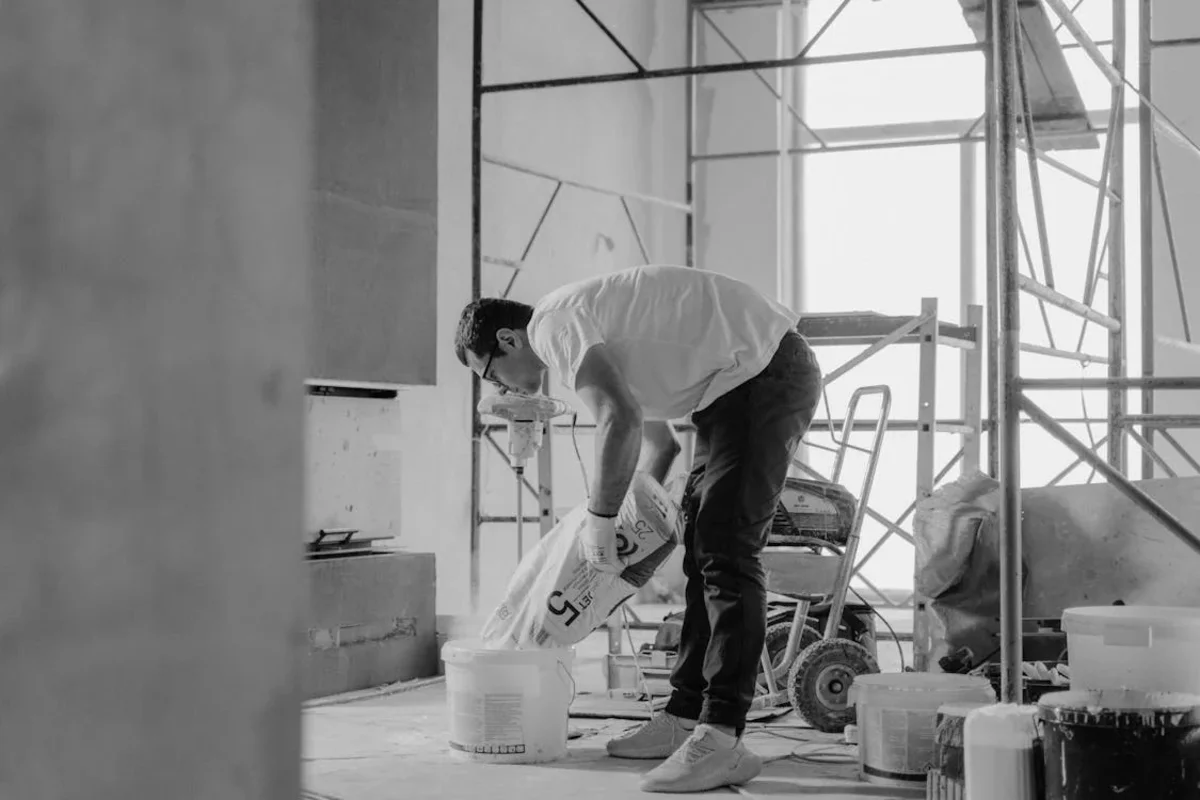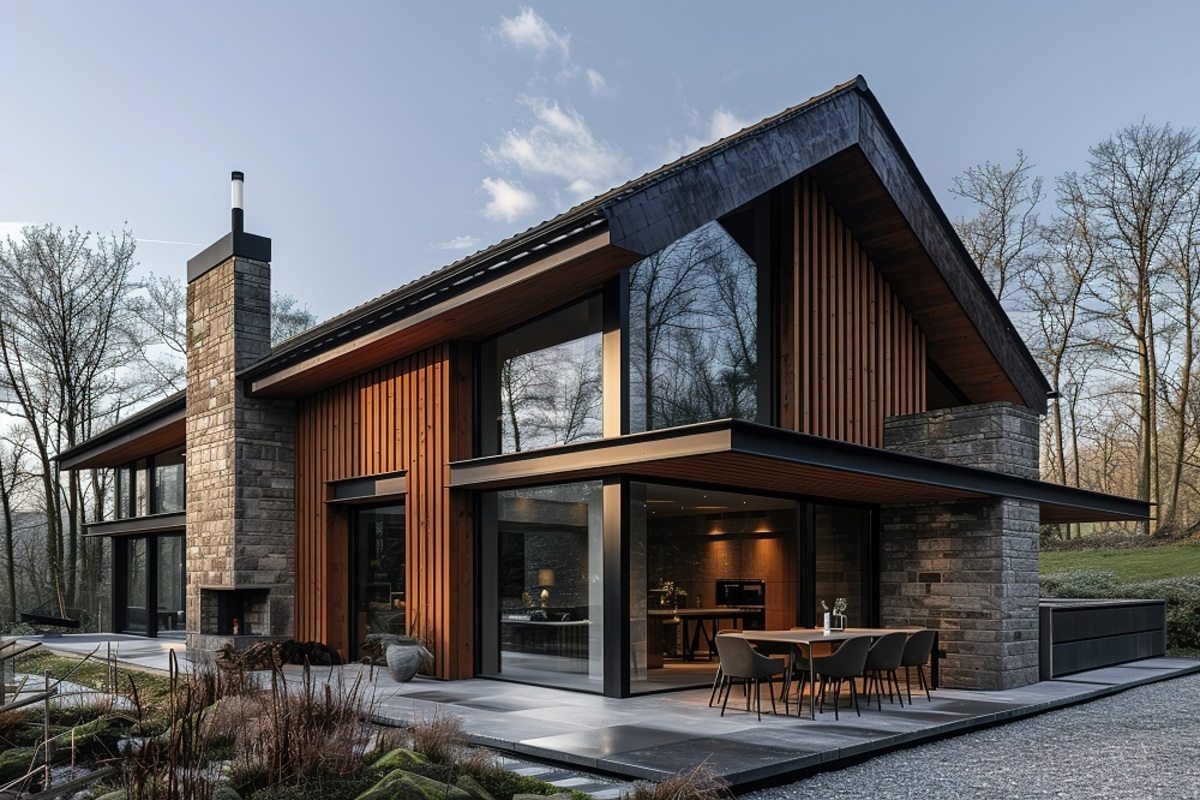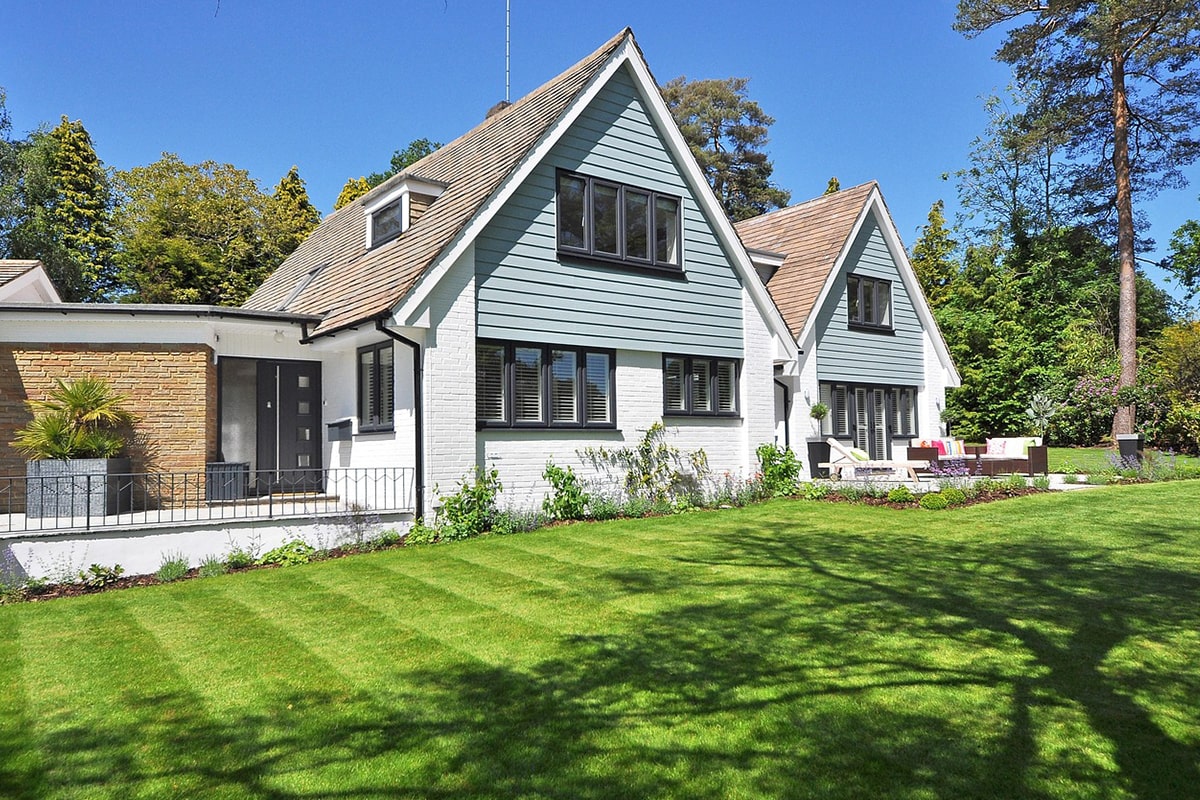Building a custom home is a major investment, and one mistake early on can affect the entire outcome. At Vaughan Home Builders, we’ve worked with many homeowners who ran into avoidable setbacks because they didn’t have the right information from the start. Budget issues, poor planning, and the wrong builder are just a few problems that can cost time and money. In this post, we’ll walk through five of the most common custom home building mistakes and explain how to avoid them, so you can move forward with confidence and build a home that meets your expectations.
1. Not Understanding Your Budget
One of the biggest mistakes people make when building a custom home is not having a clear and realistic budget from the start. Many homeowners underestimate how much their dream home will cost, leading to frustration and potential financial strain.
Why This Happens:
- Unrealistic expectations: Some homeowners believe they can build a large, high-end home for much less than market rates allow.
- Underestimating material costs: Items like doors, windows, flooring, and appliances can add up quickly.
- Unexpected expenses: Customization often comes with additional costs that homeowners may not anticipate.
Real-Life Example:
We once had a client who wanted a 4,500-square-foot house with a 3,000-square-foot garage on a $500,000 budget. When we explained that this wasn’t feasible, he got upset and ultimately didn’t hire us. To this day, we don’t know if he ever got his home built—but we do know that ignoring realistic budget constraints only leads to disappointment.
Pro Tip:
Before you even begin designing your home, work with a builder to understand what your budget can actually get you. This will help you make informed decisions and prevent costly surprises down the road.
2. Trying to Overbuild Beyond Your Budget
It’s tempting to maximize square footage or add high-end features when building a custom home, but trying to overbuild can lead to financial trouble.
What Can Drive Up Costs?
- Luxury appliances: A Viking stove can cost $15,000–$20,000, while a high-quality LG stove may only be a few thousand dollars—and both cook the same.
- Flooring: Hardwood throughout an entire home can cost three times more than standard flooring options.
- Tile Work: Large-scale tile installations throughout the home are much pricier than people expect.
- Lighting: Some designer light fixtures cost thousands of dollars each, adding up quickly.
How to Avoid This Mistake:
- Be strategic about where to spend vs. save (for example, invest in high-quality kitchen cabinets, but consider more affordable tile flooring).
- Work closely with your builder to prioritize must-haves over unnecessary add-ons.
- Stick to the initial budget plan rather than expanding the home’s size unnecessarily.
Remember, just because you can add something doesn’t always mean you should—it’s about balancing wants with financial reality.
3. Not Considering Material Costs
Materials make up a huge portion of your budget, yet many homeowners don’t realize how much certain choices can impact the final price.
Areas Where Costs Can Quickly Escalate:
- Windows & Doors: High-end models can significantly drive up expenses.
- Flooring Choices: Hardwood, natural stone, or high-end tile can be three times more expensive than other options.
- Appliances & Fixtures: A simple difference in brand or finish can mean a $10,000+ price jump.
How to Avoid Overspending on Materials:
- Research pricing before finalizing selections.
- Ask your builder for recommendations on where to splurge vs. save.
- Compare material options—sometimes, mid-range materials offer the same aesthetic appeal at a fraction of the cost.
By being mindful of material costs, you can ensure you stay on budget without sacrificing style or function.
4. Choosing the Wrong Builder
Selecting the right builder can make or break your custom home project. A reliable builder will be transparent about costs, keep you informed, and ensure there are no surprises along the way.
Warning Signs of a Bad Builder:
- Lack of transparency about pricing and costs.
- Limited experience with custom homes.
- Poor communication or failure to keep clients updated.
- No clear process for handling unexpected issues.
How to Choose the Right Builder:
- Look for experience in custom home construction.
- Choose a builder who keeps everything out in the open—no surprises, no hidden fees.
- Make sure they explain every step of the process so you know what to expect.
A good builder will help guide you, ensuring that your vision is realistic and that you get the best home for your budget.
5. Failing to Plan Every Detail
Lack of proper planning is a mistake that can lead to delays, cost overruns, and dissatisfaction with the final result.
Planning Essentials:
- Finalize Your Design Before Construction Starts: Making major changes mid-project can be costly.
- Budget for the Entire Project: Account for permits, landscaping, and finishing touches—not just the main build.
- Work Closely with Your Builder: The right builder will help you plan thoroughly to avoid last-minute decisions.
Proper planning means fewer headaches and a smoother custom home-building experience.
In Summary
Building a custom home is a major investment, and avoiding these common mistakes will save you time, money, and frustration. At Vaughan Home Builders, we believe in guiding homeowners through the process with honesty, transparency, and expertise.
By understanding your budget, avoiding unnecessary upgrades, being mindful of material costs, choosing the right builder, and planning every detail, you can make your custom home-building experience smooth and successful.
Contact us today to discuss how we can bring your dream home to life!


